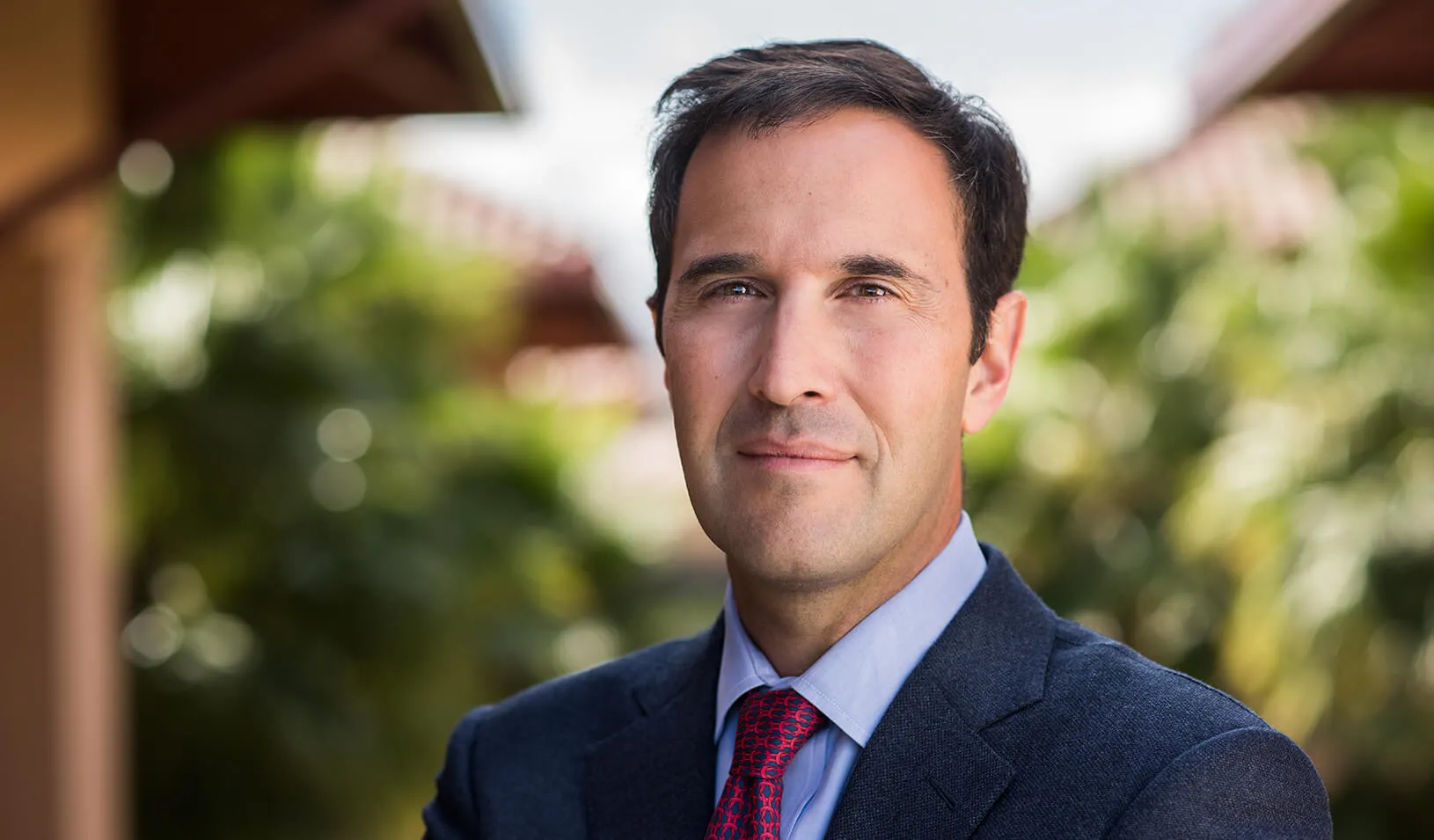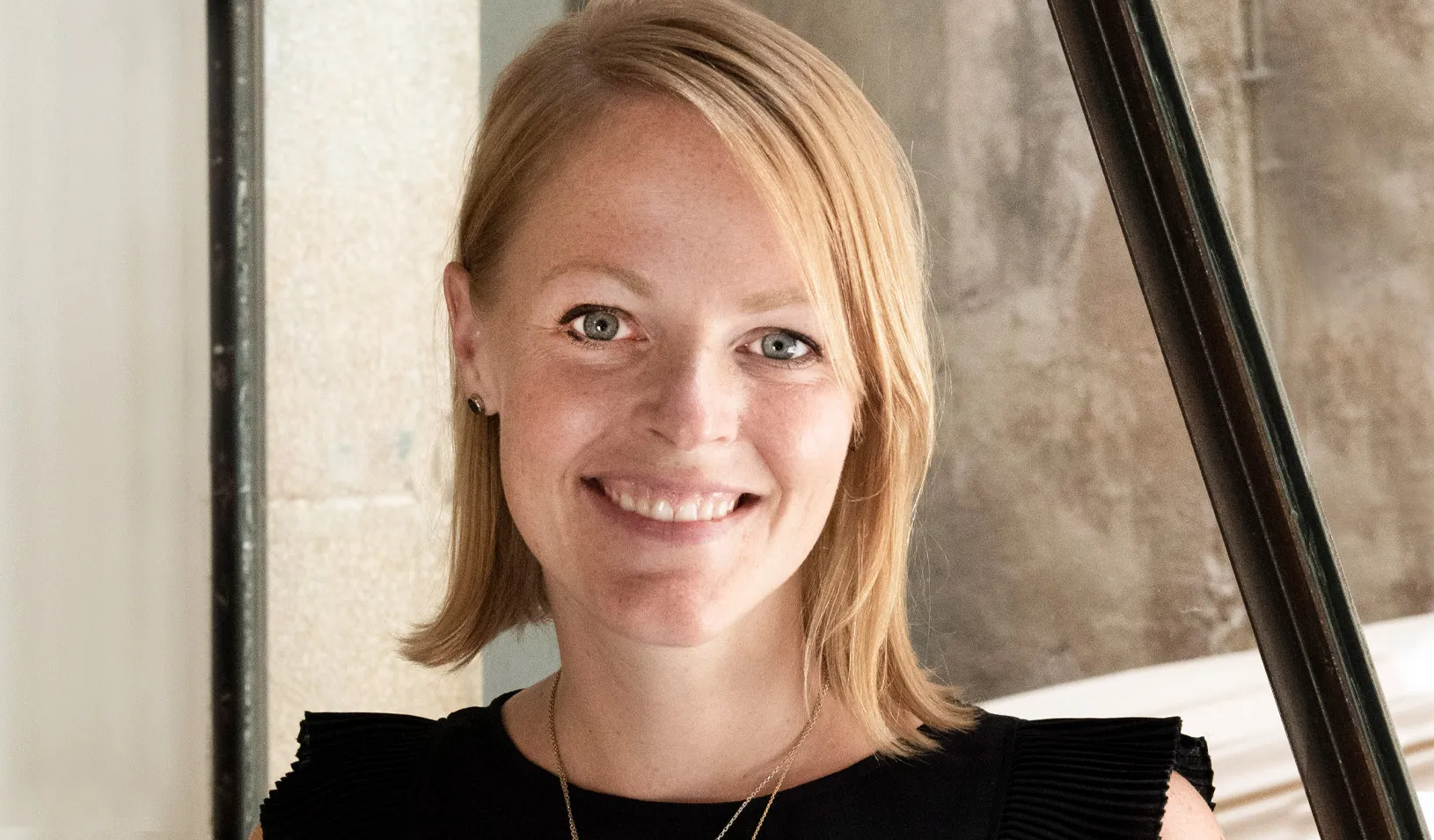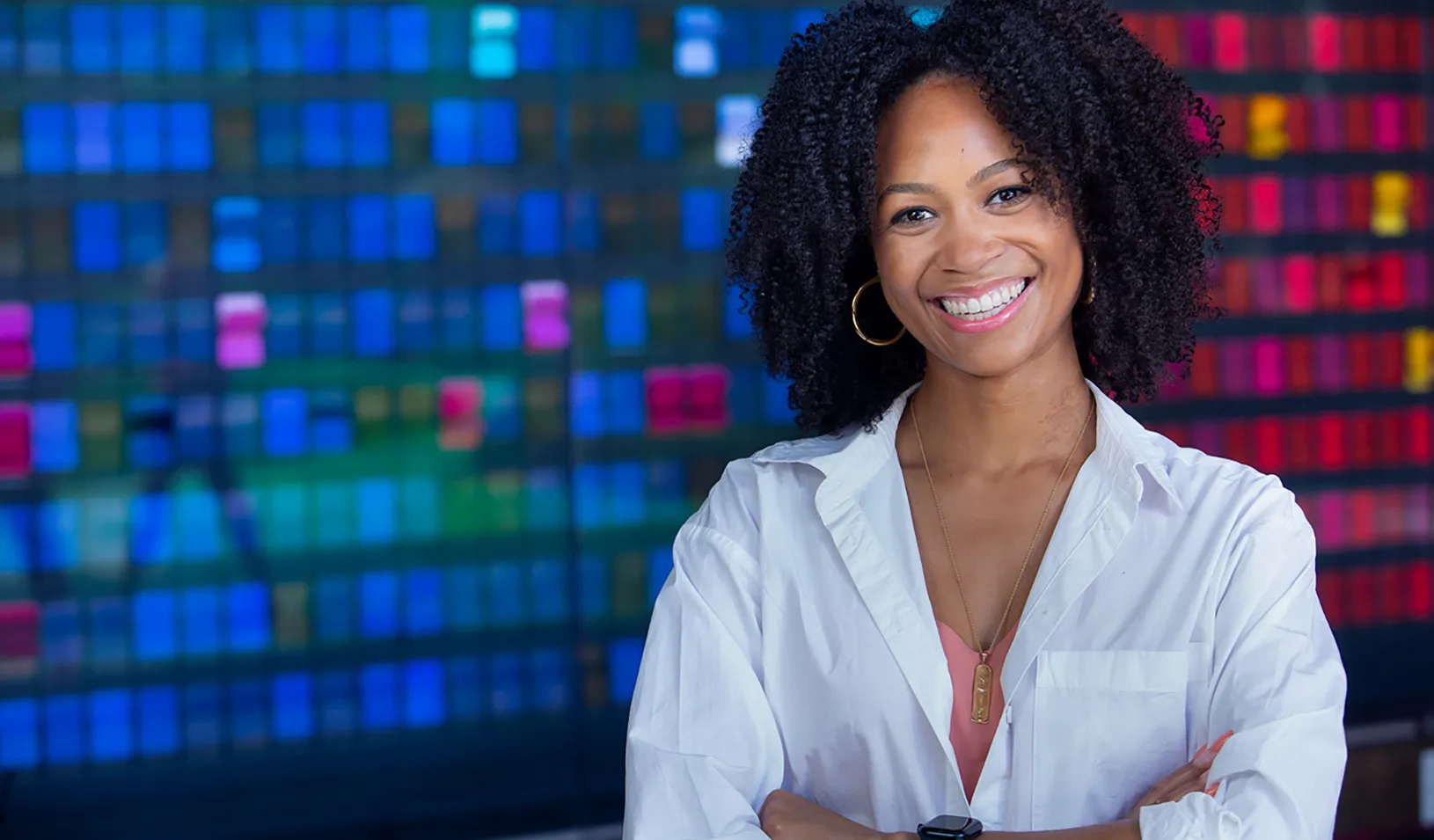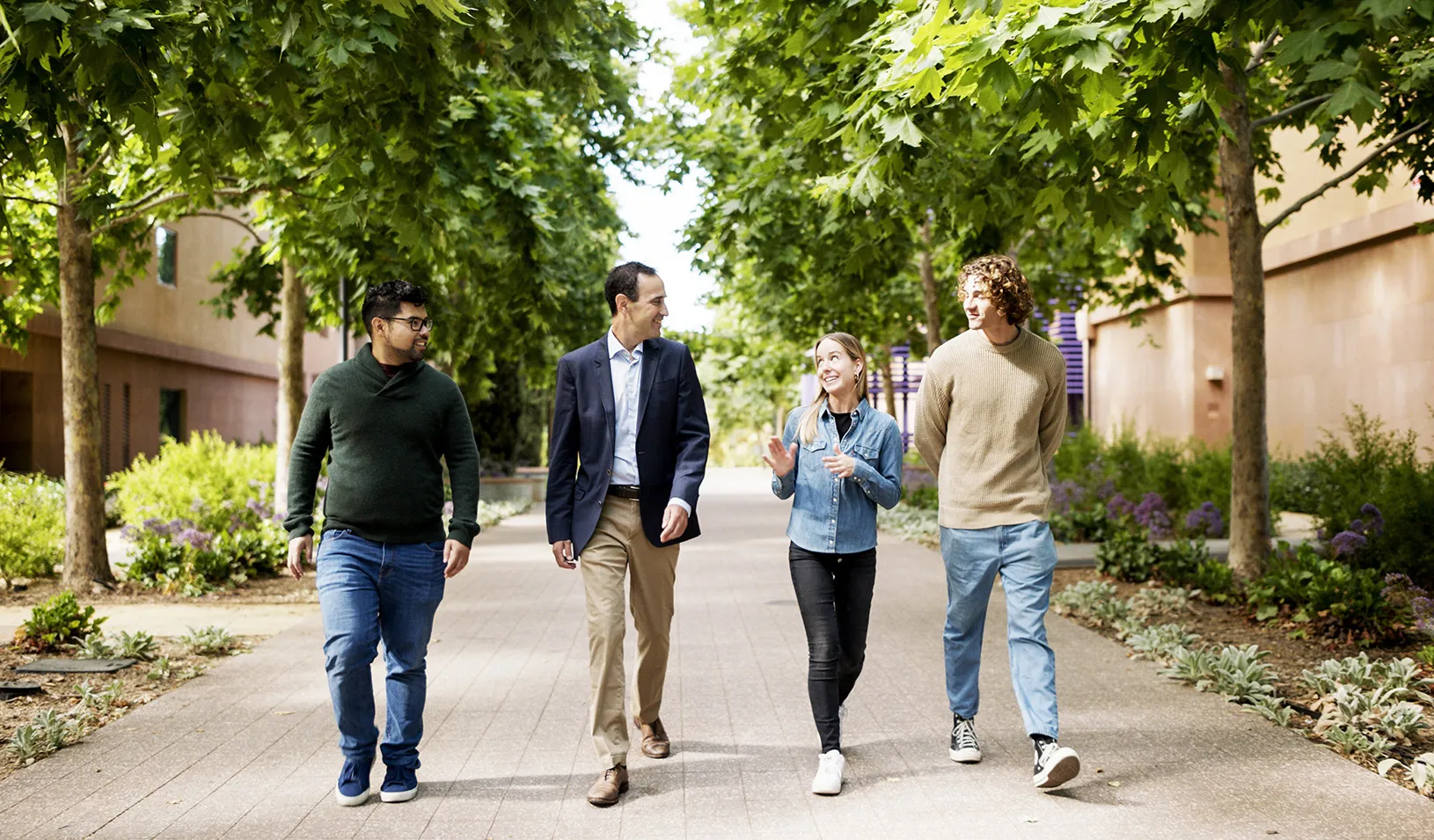Investing in Our Community
Stanford GSB and its culture of collaboration and innovation are strengthened by the investments we make in personal and professional relationships.
December 15, 2017

The holiday season is such a wonderful time to visit with friends and family, and to reflect on the personal and professional relationships we nurture in our day-to-day lives. It is a time to be grateful for all that we have and to find ways to help others. For me, it is also a time to think about the relationships we are building across the Stanford GSB community, which allow us to achieve the goals we have established and to work together to overcome the challenges we face.
I feel so fortunate to be part of Stanford GSB, and I realize that, as with all relationships, we must continue to invest in our community and in our organization in order for it to remain vibrant. We want to strengthen our culture of equality in which our shared values and respect allow us to celebrate our differences, whether in ideology or identity. We also want to make sure our culture is conducive to supporting innovation and discovery that surfaces new ideas and advances our individual and collective interests.
I would like to share with you a few of the investments we have made in our community, people, and programs this past year, and update you on some of our ongoing projects for the year ahead. These milestones and initiatives represent the power of our community to come together, adapt to change, and continuously innovate as faculty and staff deliver programs to our students.
This past fall, I asked Senior Associate Dean Sarah Soule to coordinate our initiatives for diversity and inclusion relating to faculty, staff, and students, and to bring greater awareness to these ongoing initiatives. This year, lecturer Fern Mandelbaum taught Equity by Design: Building Diverse and Inclusive Organizations to promote dialogue across our community — among men and women alike — about the importance of supporting inclusion in the workplace and the world. For alumnae, our GSB Women’s Circles added Boston and Houston to the list of regions that offer Circles programming. More than 200 alumnae joined a circle this fall, and we now have 554 alumnae participating in 70 circles across 10 regions.
Building a culture of respect complements our work to develop leaders with the skills to navigate across cultures and continents on a range of management, social, and political issues. This past August, Stanford GSB sponsored three Global Seminars for incoming students — including 25 MBA1s who traveled to Athens, Greece, with faculty members Anat Admati and David Broockman, to examine the political and financial challenges Greece faces as it recovers from its economic dislocation.
Closer to home, faculty members Lanier Benkard, Rebecca Diamond, Allison O’Hair, Paulo Somaini, and Ali Yurukoglu have teamed up to teach flipped versions of Data and Decisions, a foundation course that debuted last year as a pilot and received very positive feedback from first-year MBAs. It is now a permanent course that covers probability, hypothesis testing, and prediction methods through a combination of online materials and a lab-based classroom approach.
Another new course co-taught by Paul Oyer and Lenny Mendonca, Business and Public Policy Perspectives on U.S. Inequality, explores the rise in U.S. income and wealth inequality and how the trend affects the growth strategies of businesses. These are fascinating social and policy issues for students and faculty to explore. In addition, faculty members Susan Athey and Ken Singleton have introduced new classes on financial technology. Ken’s class this fall, Innovating for Financial Inclusion, sent students into check-cashing and payday lending shops to come up with ideas for how technology might be used to expand and improve financial services for a broad population.
Stanford GSB lecturers, whether paired with faculty members or teaching on their own, continue to play an important role. Earlier this year, Jim Ellis, who earned his MBA in 1993 and has been a lecturer since 2003, agreed to serve as the inaugural Deans’ Liaison for Lecturers and Teaching Development — a change that helps us to more effectively integrate practitioners into the classroom, and support them fully as teachers.
Looking into next year, our two long-range committees will announce their findings and recommendations in the spring. The Future of Management Education committee, co-chaired by Anne Beyer and Yossi Feinberg, is envisioning the changes we will need to make so that our management education programs remain vital and essential over the next decade. The committee on Research on the Advancement of Management, led by Sarah Soule and Andy Skrzypacz, is looking at the shift toward large-scale experiments and data-driven research, as well as new topics of interest, including the effects that digital technology, automation, and globalization are having on organizations, industries, and society.
All of the work we do at Stanford GSB is made possible by the leaders within our community, whether at the school, in Silicon Valley, across the U.S., or around the globe. Our support of one another is based on the strong culture we have developed across generations of students.
There is no better example of this culture than Executive Challenge, which brought 200 alumni back to the GSB two weeks ago. These alumni served as volunteer judges for 400-plus MBA1s who worked in teams to present mock business cases as part of their Leadership Labs course. More than 70 Arbuckle Fellows, who are MBA2s, provided coaching for the first-year students over the course of the fall quarter, and dozens of faculty members and lecturers mentored them. Nearly 100 staff members supported the event’s logistics. This tremendous learning experience was filled with excitement, tension, and the intellectual rigor that prepares students to meet the challenges they will soon face as executives.
I was so proud of their performances in the case rooms, and watching them present their positions was exhilarating! While we organize Executive Challenge once each year, the same kind of excitement and collaboration can be found at Stanford GSB every day, wherever ideas are exchanged and insights are shared.
As we prepare for the new year, I am thankful for the community we have created, and I look forward to all that we will accomplish as a community in the weeks and months ahead. And as I reflect on the relationships I have developed over this year, I realize that I am fortunate to have had these opportunities to learn from and support others along the way. I hope that all of you in our community will continue to invest your time in one another, in your organizations, and in Stanford GSB.
—Jonathan Levin, the Philip H. Knight Professor and Dean of Stanford GSB
For media inquiries, visit the Newsroom.
Explore More
Erin Nixon Joins Stanford GSB as Assistant Dean of Admissions

Nia Rose Froome, MBA ’23: Making Local, Fresh Food Available for All

New Research Fund Promotes Responsible Leadership for the Next Century
